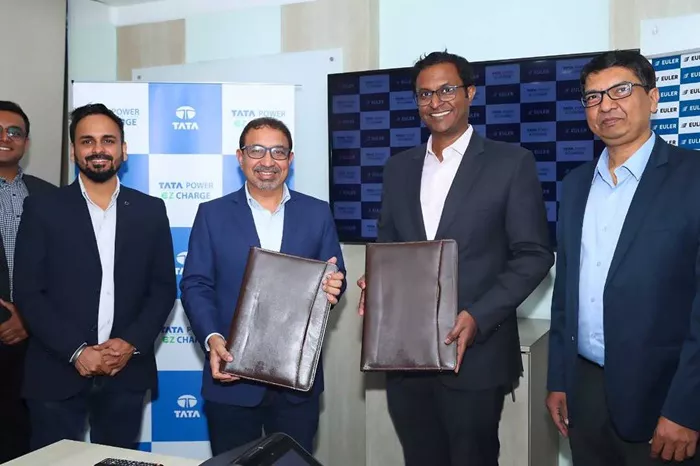A whole – house solar backup generator is a remarkable investment, providing power independence and peace of mind. But to fully leverage its potential, several aspects need careful consideration.
Proper Sizing and Installation
Assessing Your Power Needs
Before installing a whole – house solar backup generator, accurately assess your household’s power requirements. List all the appliances, electronics, and systems you intend to power during an outage. For example, a refrigerator typically consumes around 150 – 200 watts, while a central air conditioner can draw 1,000 – 5,000 watts. Include lighting, fans, and any medical equipment in your calculation. If you live in a larger home with multiple high – power appliances, you’ll need a generator with a higher wattage capacity. A common mistake is underestimating power needs, which can lead to the generator being unable to support all your essential devices.
Ideal Placement of Solar Panels
The location of solar panels is crucial for maximizing energy capture. Panels should be installed in an area with maximum sunlight exposure throughout the day. South – facing rooftops are often ideal in the Northern Hemisphere, as they receive the most sunlight. Avoid areas shaded by trees, buildings, or other structures, as even partial shading can significantly reduce the panels’ efficiency. For instance, if a tree’s branches cast shadows on the panels for a few hours each day, it can cut the energy production by 30 – 50%. If rooftop installation isn’t feasible, ground – mounted panels in an open, sunny area can also be a great option.
Battery Management
Choosing the Right Battery Type
The battery in your whole – house solar backup generator stores the energy generated by the solar panels for use during power outages or at night. Lithium – ion batteries are increasingly popular due to their high energy density, longer lifespan, and faster charging times compared to traditional lead – acid batteries. For example, a lithium – ion battery can last up to 10 – 15 years with proper care, while a lead – acid battery might only last 3 – 5 years. Lithium – ion batteries also have a higher depth of discharge, meaning you can use more of their stored energy without damaging them. However, they are generally more expensive upfront. Consider your budget and long – term usage needs when choosing a battery type.
Monitoring and Maintaining Battery Health
Regularly monitor your battery’s state of charge (SOC) and voltage. Most modern solar backup generators come with monitoring systems that can be accessed via a mobile app or a control panel. Keep the battery charged between 20% and 80% SOC for optimal lifespan. Overcharging or over – discharging can cause irreversible damage to the battery. If you notice any signs of abnormal battery performance, such as a significant decrease in runtime or a rapid drop in voltage, it might be time to check for issues like a faulty charger or a problem with the battery cells.
System Integration and Smart Controls
Connecting to Your Home’s Electrical System
Properly integrating the solar backup generator into your home’s electrical system is essential. This often involves installing a transfer switch, which safely disconnects your home from the grid during an outage and switches over to the generator power. A professional electrician should handle this installation to ensure compliance with local electrical codes and safety standards. There are two types of transfer switches: manual and automatic. An automatic transfer switch can detect a power outage within seconds and switch to generator power, providing seamless power continuity.
Utilizing Smart Controls
Many whole – house solar backup generators now offer smart control features. These allow you to monitor and manage your system remotely via a smartphone app. You can check the energy production, battery status, and even control which appliances are powered at any given time. For example, during a power outage, you can use the app to prioritize power to essential appliances like the refrigerator and a few lights, while temporarily turning off less crucial devices. Some smart systems can also be programmed to optimize energy usage based on your daily routine, further enhancing the efficiency of your solar backup generator.
Regular Maintenance and Upgrades
Inspecting Solar Panels
Periodically inspect your solar panels for any signs of damage, such as cracks, loose connections, or dirt accumulation. Dirt and debris on the panels can reduce their efficiency by up to 20%. Cleaning the panels with a soft brush and water (preferably during early morning or late afternoon to avoid thermal shock) can help maintain their performance. Check the mounting brackets to ensure they are secure, especially after severe weather events like storms or high winds.
Keeping the Generator Updated
Just like any other electronic device, the software and firmware of your solar backup generator may require updates. These updates often include bug fixes, performance improvements, and new features. Check the manufacturer’s website regularly for available updates and follow the instructions carefully to install them. Updating your generator can enhance its stability, energy efficiency, and compatibility with other components in your system.
Conclusion
To fully realize the benefits of a whole – house solar backup generator, proper sizing, installation, battery management, system integration, and regular maintenance are key. By carefully assessing your power needs, choosing the right components, and keeping your system in top – notch condition, you can enjoy reliable, clean, and cost – effective power backup for your home. As solar technology continues to evolve, staying informed about new upgrades and features can further optimize your generator’s performance, ensuring you have a robust power solution for years to come.

